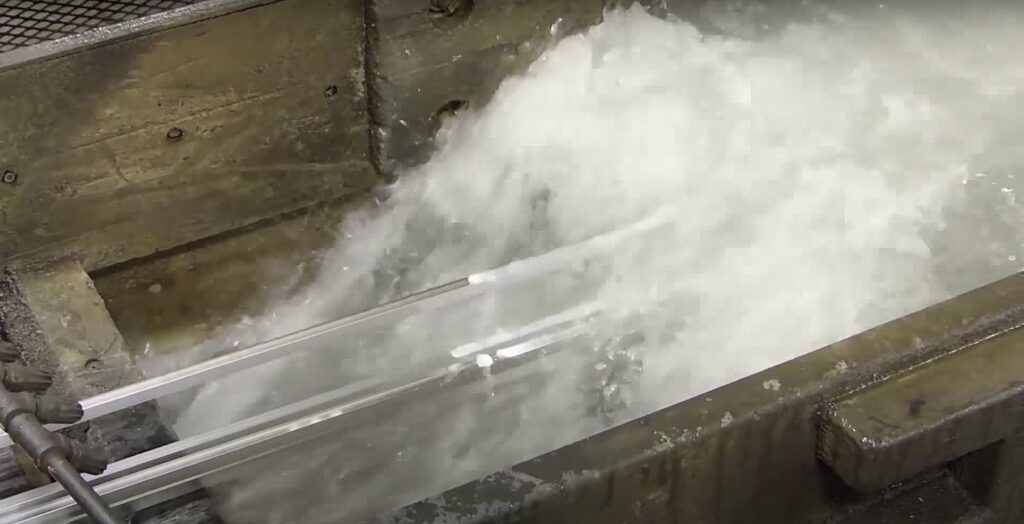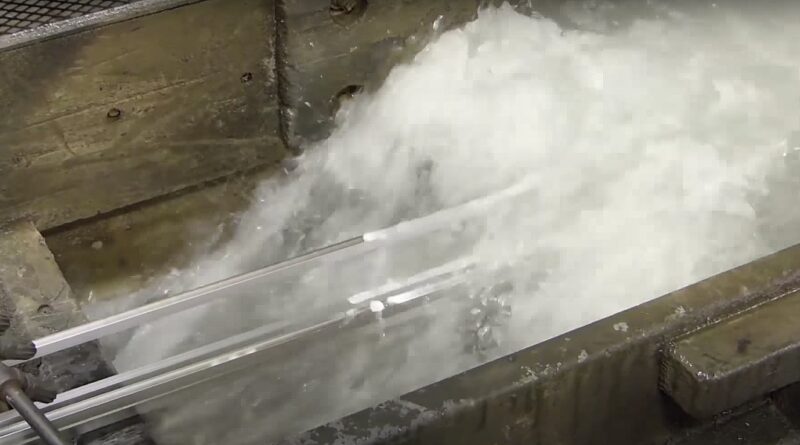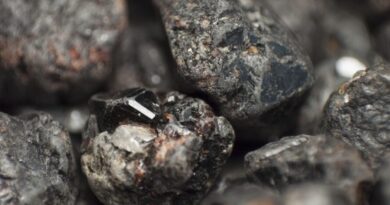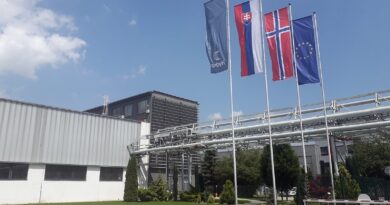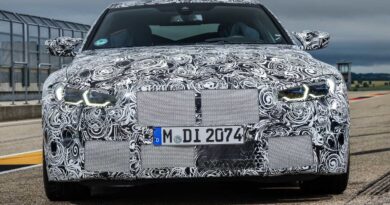Tesla patents process for high-strength aluminium components
Tesla has submitted a patent that describes a new, more effective cooling process for manufacturing high-strength aluminium components to be used in its product line.
The patent entitled, “System and Method for Facilitating Pulsed Spray Quench of Extruded Objects”, describes a quenching process that aims to increase the strength, rigidity, and energy absorption of aluminium alloy components. A multi-way spray nozzle system would cool extruded aluminium with an atomized spray of liquid.
“A system includes a billet die at a proximal end configured to accept a billet and form an extrudate, a quench chamber located adjacent to the billet die for receiving the extrudate and comprising at least one pulsed width modulation (PWM) atomizing spray nozzle and a control module in communication with the at least one PWM atomizing spray nozzle and configured to independently control a liquid pressure, a gas pressure, a spray frequency, a duty cycle and flow rate of each at least one PWM atomizing spray nozzle,” reads the patent abstract.
Vehicles today use 6XXX aluminium alloys, which make up the front and rear bumpers, side and back steps, and knee bolsters of a car. Tesla also indicates within the patent that it uses 6XXX alloys for its vehicles. After these parts are extruded, they enter a quenching process, which is simply the process of cooling the metal after it has been heated.
Currently, Tesla utilizes a quenching process that involves cooling recently extruded aluminium alloys by soaking the parts in water. This process of quenching is recognized as “quick cooling.” While other cooling means are available, such as air cooling and furnace cooling, soaking the parts in water is the most time-effective method for automotive manufacturing.
There are adverse effects that quick cooling aluminium alloy parts can have on the structural integrity of the metal. Quick-cooling can not only lead to deformation and warping of metal parts, but the chemistry can change as well.
According to the patent description, Tesla plans to utilize a multi-way spraying system to cool extruded aluminium parts, eliminating the soaking process that is used by so many manufacturers of aluminium alloy.
The company describes a quenching system that would spray newly extruded metals at varying rates depending on the size of the part. Between one half-gallon and 10 gallons of water per minute would cool the metal in question.
Two pyrometers would be placed at both the proximal and distal ends of the quench chamber. These would hold the responsibility of maintaining the metal’s temperature through the quenching process. The pyrometers would communicate with the system to ensure proper cooling temperatures, making sure the aluminium does not cool too quickly, allowing the Mg2Si to set.
In conjunction with the temperature control, spray frequency, liquid pressure, gas pressure, and flow rate will also be monitored to ensure maximum strength after extradition is complete.
Tesla’s recognition of the flaws in quick-cooling extruded metals indicates the company’s realization that increased strength of a car’s frame could improve with a more efficient cooling technique.
